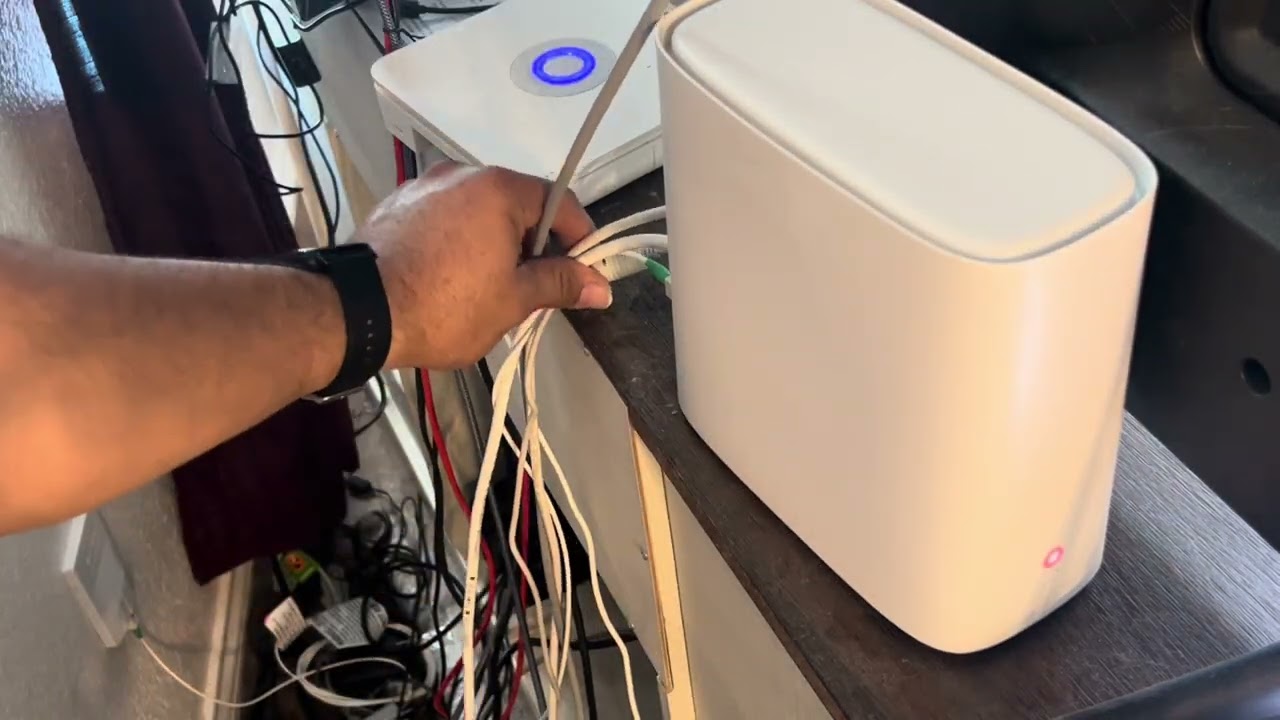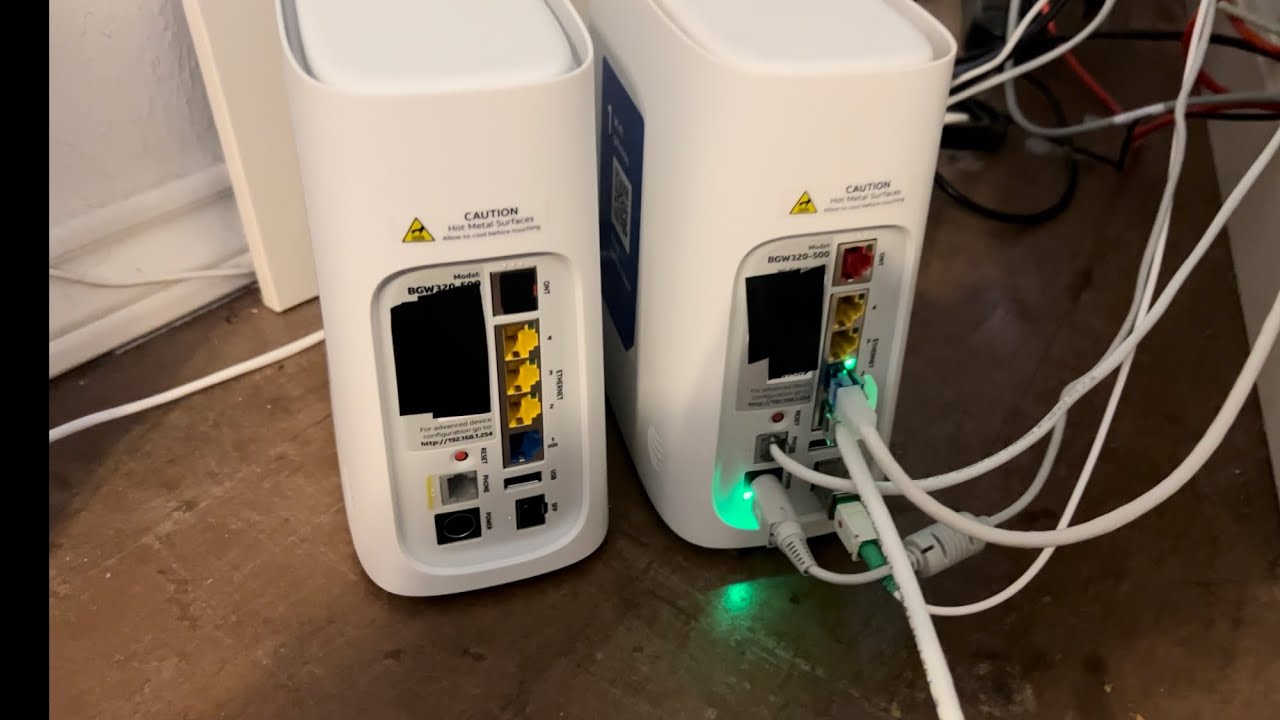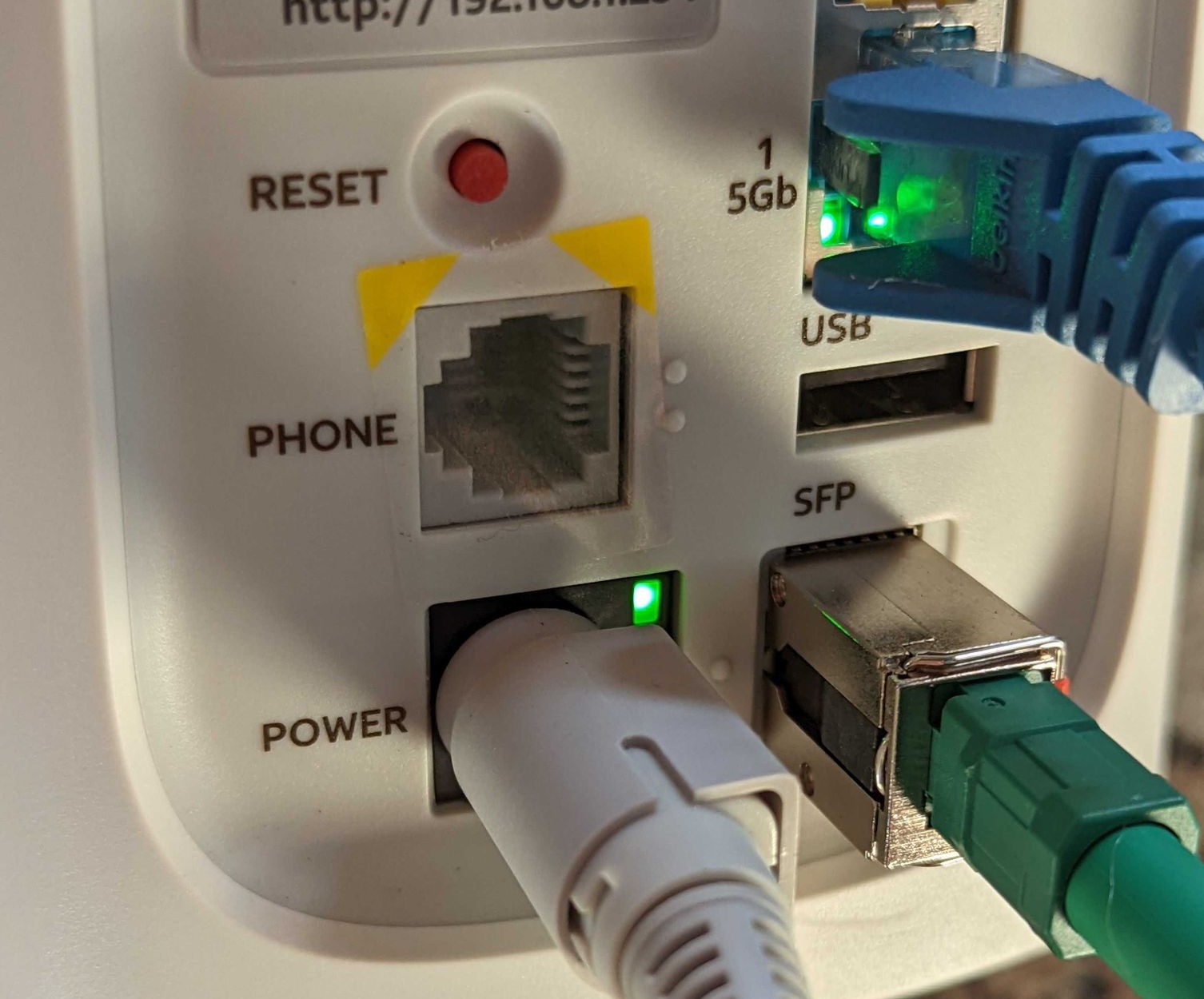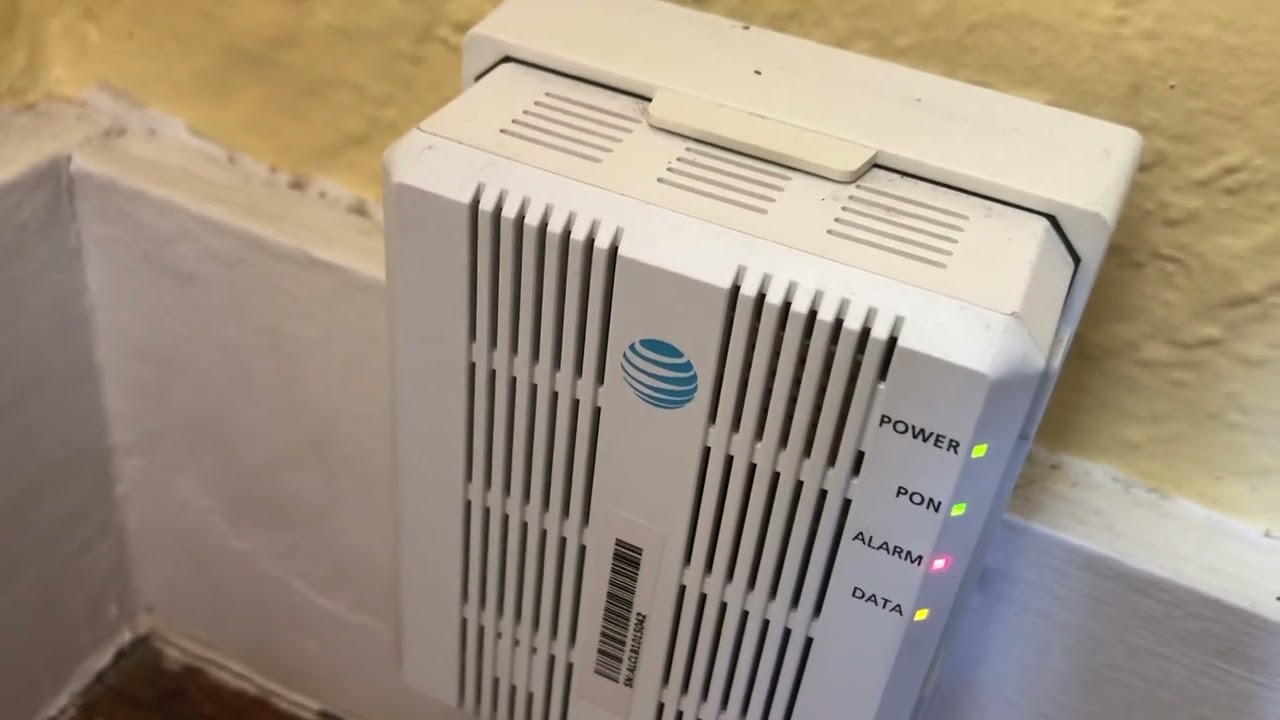How to reset att router? In the ever-evolving world of home networking, the need to reset your AT&T router may arise for a variety of reasons, from troubleshooting connectivity issues to restoring the device to its factory settings. Whether you’re tackling a persistent problem or simply seeking to start fresh with your AT&T router, understanding the reset process is a crucial skill that can help you regain control of your home’s internet connectivity.
In this comprehensive guide, we will walk you through the step-by-step process of resetting your AT&T router, explore the different reset methods available, and provide practical strategies for troubleshooting common issues that may necessitate a router reset. By the end of this article, you’ll have the knowledge and confidence to effectively reset your AT&T router and optimize your home network’s performance.
Prepare to master the art of resetting your AT&T router and take control of your home’s internet experience.
How to reset att router? Understanding the Reasons Behind Resetting an AT&T Router
Before delving into the reset process, it’s essential to understand the various scenarios and reasons that may prompt the need to reset your AT&T router.

Troubleshooting Connectivity Issues
One of the primary reasons to reset an AT&T router is to address persistent connectivity problems, such as slow internet speeds, intermittent connections, or the inability to connect devices to the network.
Resolving Network Glitches
A router reset can help clear any software or firmware-related issues that may be causing disruptions to your home network.
Regaining Access to the Router’s Settings
If you’ve forgotten the login credentials or encountered other access-related problems, resetting the router can help you regain control of the device’s administrative settings.
Restoring Factory Default Settings
Resetting your AT&T router to its factory default settings can be beneficial in a variety of situations, from setting up a new router to troubleshooting more complex network issues.
Removing Customized Settings
Resetting the router erases any custom configurations, network settings, or passwords you’ve previously set, reverting the device to its original state.
Preparing for Router Replacement or Relocation
If you’re replacing your AT&T router or moving it to a new location, a factory reset can help ensure a clean slate for the setup process.
Addressing Security Concerns
In some cases, resetting your AT&T router may be necessary to address security vulnerabilities or concerns related to unauthorized access to your home network.
Mitigating Security Threats
Resetting the router can help you regain control of your network and eliminate any potential security breaches or malicious activity.
Enhancing Network Privacy and Safety
A router reset can be a proactive measure to enhance the overall security and privacy of your home network, especially if you suspect any compromised devices or settings.
How to reset att router? Identifying the Different Reset Methods for AT&T Routers
When it comes to resetting your AT&T router, there are two primary methods you can employ: a hardware reset and a software reset. Understanding the differences between these approaches can help you determine the most appropriate reset method for your specific situation.
Hardware Reset
The hardware reset method involves physically interacting with the router’s reset button, typically located on the back or bottom of the device.
Locating the Reset Button
Carefully identify the dedicated reset button on your AT&T router, which is usually recessed and may require the use of a small pin or paperclip to access.
Performing the Hardware Reset
Press and hold the reset button for the recommended duration, typically 10-30 seconds, to initiate the hardware reset process.
Software Reset
The software reset method allows you to reset your AT&T router’s settings through the router’s web-based administrative interface.
Accessing the Router’s Web Interface
Log in to your AT&T router’s web-based management console using your current login credentials.
Locate the “Reset” or “Factory Reset” option within the router’s settings and follow the on-screen instructions to complete the software-based reset.
Choosing the Appropriate Reset Method
The choice between a hardware or software reset depends on the specific circumstances and the level of access you have to your AT&T router’s settings.
Hardware Reset for Troubleshooting
If you’re unable to access the router’s web interface or have forgotten the login credentials, a hardware reset may be the best course of action.
Software Reset for Customized Settings
If you’re looking to reset your router’s settings without completely erasing all of your custom configurations, a software reset may be the preferred option.
How to reset att router? Step-by-Step Guide to Resetting Your AT&T Router
Whether you opt for a hardware or software reset, the process of resetting your AT&T router follows a similar sequence of steps. This section will provide a detailed walkthrough to ensure a successful reset.
Performing a Hardware Reset
Follow these steps to execute a hardware reset on your AT&T router:
Locate the Reset Button
Identify the dedicated reset button on the back or bottom of your AT&T router.
Press and Hold the Reset Button
Using a small pin or paperclip, press and hold the reset button for the recommended duration, typically 10-30 seconds.
Wait for the Router to Reboot
After releasing the reset button, allow your AT&T router to complete the reset process and restart.
Conducting a Software Reset
To perform a software reset on your AT&T router, follow these steps:
Access the Router’s Web Interface
Log in to your AT&T router’s web-based administrative console using your current login credentials.
Locate the “Reset” or “Factory Reset” option within the router’s settings menu.
Confirm the Reset Process
Follow the on-screen instructions to initiate and confirm the software-based reset of your AT&T router.
Verifying the Reset Completion
After either a hardware or software reset, ensure the reset process has been successfully completed by checking for the following indicators:
Observe the Router’s LED Lights
Monitor the router’s LED lights for any changes, such as a solid or blinking pattern, indicating the reset is complete.
Reconnect and Reconfigure the Router
Reconnect your devices to the router and verify that you can access the internet and the router’s web interface using the default login credentials.
How to reset att router? Troubleshooting Common Post-Reset Issues
While resetting your AT&T router can resolve a wide range of connectivity and configuration problems, you may occasionally encounter some post-reset challenges that require additional troubleshooting steps.
Inability to Access the Router’s Web Interface
If you’re unable to log in to your AT&T router’s web-based management console after the reset, consider these troubleshooting steps:
Verify the Default Login Credentials
Ensure you’re using the correct default username and password for your AT&T router model.
Check the Router’s IP Address
Confirm the router’s default IP address and ensure your device is connected to the correct network.
Connectivity and Internet Access Issues
After resetting your AT&T router, you may experience problems with device connectivity or internet access. Try these troubleshooting techniques:
Reestablish Network Connections
Reconnect your devices to the router’s network and ensure they are properly authenticating.
Verify Internet Service Provider Settings
Ensure your AT&T router is configured correctly for your internet service provider’s connection type and settings.
Persistent Performance Problems
If you’re still experiencing issues with your home network’s performance after resetting the AT&T router, consider these additional troubleshooting steps:
Update the Router’s Firmware
Check for and install any available firmware updates for your AT&T router model.
Contact AT&T Customer Support
If you’ve exhausted all troubleshooting options, reach out to AT&T’s customer support team for further assistance.
Conclusion: Empowering Your Home Network with a Reset
Resetting your AT&T router is a powerful tool that can help you regain control of your home network, address persistent connectivity issues, and prepare your device for various scenarios, from setup to security enhancements. By understanding the reasons behind a router reset, the different reset methods available, and the step-by-step process, you now have the knowledge and confidence to effectively reset your AT&T router and optimize your home’s internet experience.
Whether you’re troubleshooting a specific problem, restoring your router to its factory default settings, or simply seeking a fresh start, the insights and strategies outlined in this comprehensive guide will empower you to take charge of your home network. By mastering the art of resetting your AT&T router, you’ll be able to quickly and efficiently resolve a wide range of issues, enhance the overall performance and security of your network, and ensure your home’s digital connectivity remains reliable and robust.
As you navigate the ever-changing landscape of home networking, remember to stay proactive, keep your AT&T router’s firmware up-to-date, and don’t hesitate to leverage the power of a reset when necessary. By embracing the reset process and applying the troubleshooting techniques covered in this article, you’ll be well on your way to unlocking the full potential of your home’s internet connectivity.
Empower your home network by mastering the reset process for your AT&T router.

Leave a Reply